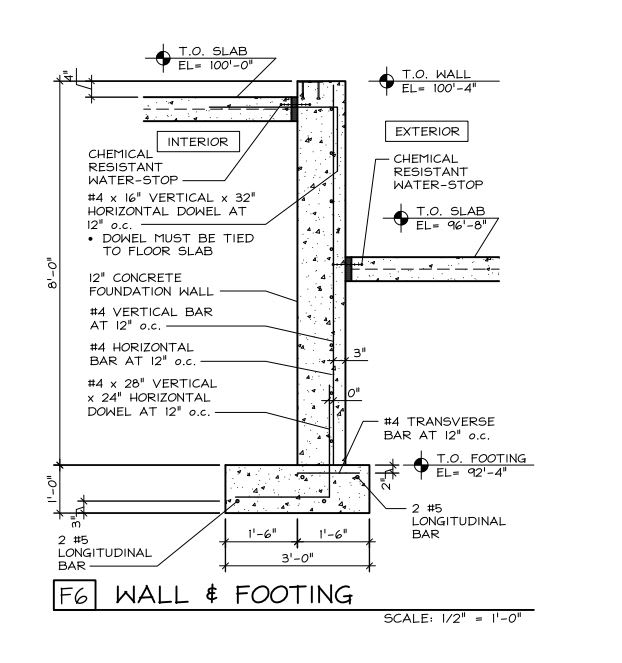BSVBD
Structural
- Jul 23, 2015
- 463
Please see attached...
Could ACI be considered "empirical" and therefore, could I over-rule it by providing supporting engineering data of my intent?
The general contractor wants to omit the #4 x 16" x 32" bent slab dowel at top of wall and post-install a straight bar with epoxy.
Since the tension reaction is only 567 LBS, I want to permit it, but, ACI has splice standards / formulae that I must contend with.
Can I bypass ACI with supporting data?
Thank you!
Could ACI be considered "empirical" and therefore, could I over-rule it by providing supporting engineering data of my intent?
The general contractor wants to omit the #4 x 16" x 32" bent slab dowel at top of wall and post-install a straight bar with epoxy.
Since the tension reaction is only 567 LBS, I want to permit it, but, ACI has splice standards / formulae that I must contend with.
Can I bypass ACI with supporting data?
Thank you!

